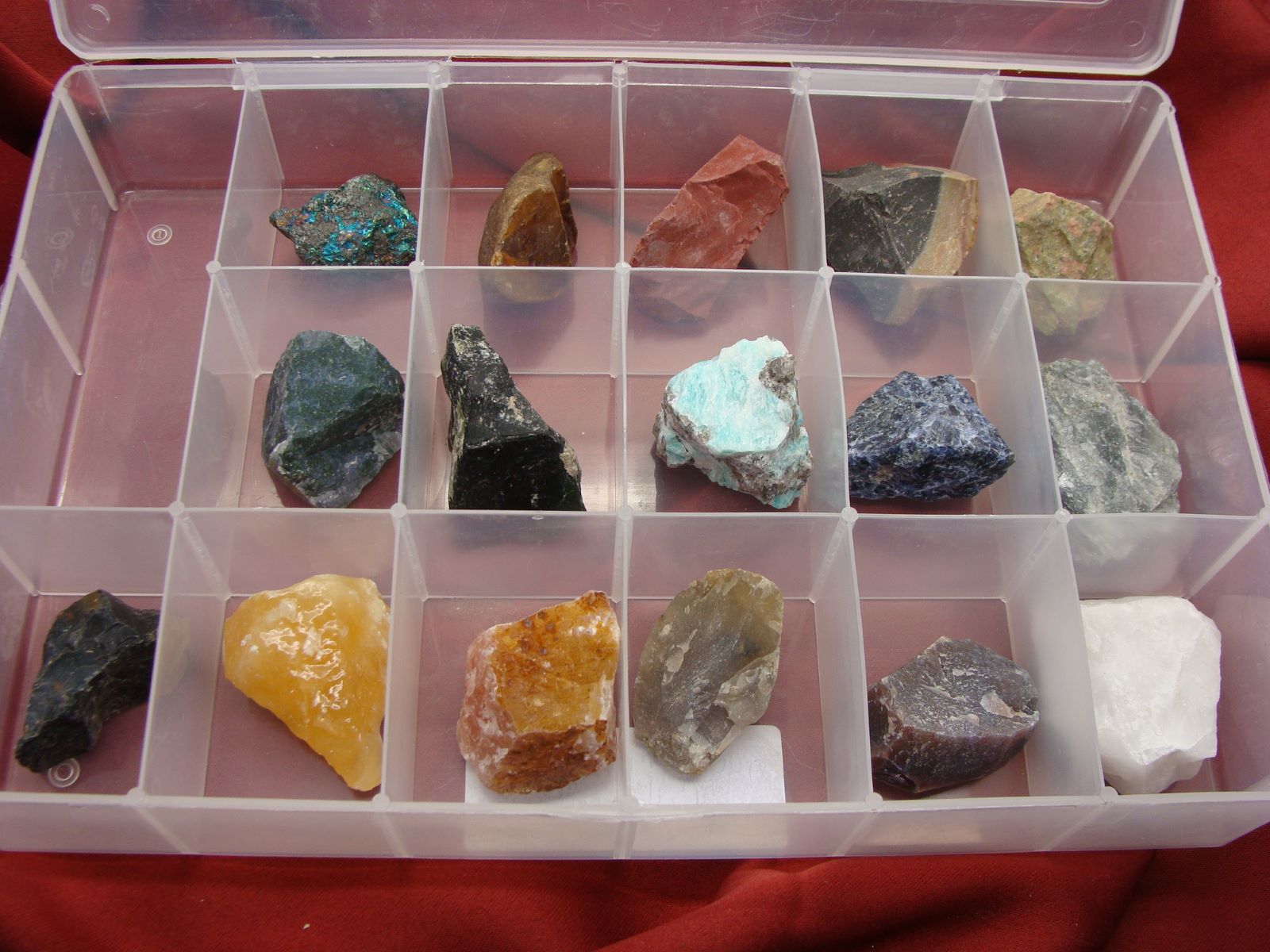

Articles
How To Store Rock Collection
Modified: December 7, 2023
Learn the best methods for storing your rock collection with these informative articles. Discover how to keep your precious rocks safe and organized for years to come.
(Many of the links in this article redirect to a specific reviewed product. Your purchase of these products through affiliate links helps to generate commission for Storables.com, at no extra cost. Learn more)
Introduction
Welcome to the fascinating world of rock collecting! Whether you are a seasoned rock enthusiast or just starting out, one thing that is crucial to the longevity and preservation of your rock collection is proper storage. Storing your rocks in a systematic and organized manner not only keeps them safe from damage but also allows you to easily access and admire your collection.
In this article, we will explore the importance of storing your rock collection correctly, the different types of storage containers available, how to organize and sort your rocks, and the best practices for maintaining and cleaning your collection. So let’s dive in and learn how to store your precious rock collection with care!
Key Takeaways:
- Proper storage is crucial for protecting rocks from damage, preserving their scientific value, and ensuring easy accessibility for admiration and study.
- Choosing the right storage container, organizing and sorting rocks, and implementing protective measures are essential for maintaining a visually stunning and well-preserved rock collection.
Read more: How To Store Rocks
Importance of Proper Storage for Rock Collections
Proper storage is paramount when it comes to preserving the beauty and value of your rock collection. Here are a few reasons why investing in the right storage methods is essential:
- Protection from Damage: Rocks, especially those with delicate formations or crystals, can be easily damaged if not stored properly. Exposure to sunlight, moisture, temperature fluctuations, and physical impact can all cause deterioration over time. By providing a secure and controlled environment for your rocks, you can help prevent any potential damage.
- Prolonged Lifespan: It’s no secret that rocks are millions of years old, but that doesn’t mean they are immune to natural decay. Without proper storage, rocks may become susceptible to weathering, erosion, or chemical reactions. Storing them in the right conditions can slow down these processes and extend the lifespan of your collection.
- Easy Accessibility: A well-organized rock collection not only looks visually appealing but also allows for easy access and retrieval of specific specimens. By storing your rocks in a systematic manner, you can easily locate and display specific pieces, making it a joy to share and study your collection.
- Preserving Scientific Value: For those with a keen interest in geology or paleontology, a rock collection might serve as a valuable scientific resource. Proper storage ensures that the integrity and authenticity of each specimen are maintained. This allows for accurate study and analysis by researchers or scholars in the future.
- Preventing Cross-Contamination: Different types of rocks and minerals may have varying chemical compositions or properties. Storing them together without proper segregation can lead to cross-contamination, potentially altering the characteristics of individual specimens. Well-organized storage helps prevent any unwanted interactions between different rocks in your collection.
Now that we understand the importance of proper storage, let’s explore the various types of storage containers available for your rock collection.
Choosing the Right Storage Container
When it comes to storing your rock collection, selecting the appropriate storage container is crucial for maintaining the integrity and condition of your specimens. Here are some factors to consider when choosing the right storage container:
- Material: Look for storage containers made from durable and non-reactive materials. Glass or plastic containers with secure lids are commonly used for rock storage. Avoid using containers made of materials that may react with rocks, such as metal containers that can corrode or wooden containers that may absorb moisture.
- Size: Consider the size of your rock collection and choose containers that can comfortably accommodate your specimens. It’s best to select containers with a bit of extra space to allow for growth or additions to the collection in the future.
- Compartmentalization: Depending on the size and variety of your rock collection, you may opt for containers that offer compartments or dividers. These containers allow you to keep different types of rocks separated and organized, preventing any potential damage or cross-contamination.
- Transparency: Clear or transparent storage containers offer the advantage of easily viewing and identifying your rocks without the need to open the containers. This saves time and prevents unnecessary handling of your specimens.
- Sealing and Protection: Ensure that the storage containers have secure lids or closures to prevent dust, moisture, or pests from entering and damaging your rocks. Look for containers with tight-fitting seals or consider using airtight bags for individual specimens before placing them in the container.
- Stackability: If you have a large collection, consider containers that are designed to be stackable. This will optimize storage space and help keep your collection organized and easily accessible.
Once you have chosen the appropriate storage containers, the next step is to organize and sort your rock collection effectively. Let’s explore some practical tips for this process.
Organizing and Sorting Rocks
Organizing and sorting your rock collection not only enhances its visual appeal but also makes it easier to locate specific specimens. Here are some tips to help you effectively organize and sort your rocks:
- Classify by Type: Start by classifying your rocks based on their type, such as igneous, sedimentary, or metamorphic. This categorization will give you a broad overview and help in further organization.
- Sort by Size: Within each type, sort the rocks based on their size. You can separate them into categories like small, medium, and large. This will make it easier to store and display them.
- Categorize by Color: If your collection consists of rocks with vibrant colors, consider grouping them together based on color. This not only creates an aesthetically pleasing display but also makes it simpler to locate specific colored rocks.
- Organize by Origin: If you have rocks from various locations, you can organize them by their place of origin. This adds a geographic aspect to your collection and allows for educational exploration.
- Labeling and Record-Keeping: To keep track of the details about each rock, it’s helpful to label them with relevant information such as their name, location, date collected, and any other noteworthy characteristics. Maintaining a record or catalog of your collection will assist you in identifying and sharing information about your rocks in the future.
- Create Display Options: Consider setting up display cases or shelves to showcase your collection. This not only provides a visually appealing presentation but also protects your rocks from direct contact and potential damage.
By implementing these organizing and sorting techniques, you can create a visually pleasing and easily accessible rock collection that will impress both yourself and others.
Now that your rocks are organized, it’s crucial to take protective measures to ensure the longevity of your collection. Let’s explore some ways to protect your precious rocks.
Store your rock collection in a cool, dry place away from direct sunlight to prevent discoloration and damage. Use acid-free tissue paper or cotton to wrap delicate specimens for added protection.
Protective Measures for Rock Collection Storage
To keep your rock collection in optimal condition, it is important to take protective measures while storing them. Here are some essential steps you can take to safeguard your precious rocks:
- Avoid Direct Sunlight: Exposure to sunlight can cause fading and discoloration of rocks over time. Store your collection in a location away from direct sunlight, or use UV-protective glass or covers on display cases to minimize the impact of sunlight.
- Control Humidity and Temperature: Extreme humidity and temperature fluctuations can be detrimental to your rocks. Aim to store your collection in a stable environment with moderate humidity and temperature levels. Avoid areas prone to high humidity, such as basements or bathrooms.
- Protect from Moisture: Moisture can lead to the development of mold, mildew, and other damaging conditions. Ensure that your storage containers are airtight and consider using moisture-absorbing packets to mitigate any moisture buildup.
- Prevent Airborne Contaminants: Dust and airborne pollutants can settle on your rocks and affect their appearance. Regularly clean your storage containers and display cases to minimize dust accumulation. Use dust covers or display boxes with lids to provide an extra layer of protection.
- Minimize Handling: Excessive handling of your rocks can lead to scratches and damage. Whenever possible, handle your rocks with clean, dry hands or wear gloves to avoid transferring oils or other substances onto the specimens. This will help maintain their pristine condition.
- Use Padding or Cushioning: To prevent your rocks from colliding with each other and causing damage, consider using foam padding or fabric-lined compartments within your storage containers. This provides a protective barrier and reduces the risk of impact-related damage.
- Regular Inspection: Periodically review your rock collection to identify any signs of damage or deterioration. Look for cracks, discoloration, or any changes in texture. Promptly address any issues to prevent further deterioration of your specimens.
By implementing these protective measures, you can ensure that your rock collection remains safe, preserved, and visually stunning for years to come.
Now that we have covered the crucial aspect of protecting your collection, let’s explore different ways to display and present your rock collection.
Read more: How To Store Landscaping Rocks
Displaying and Presenting Rock Collections
Displaying your rock collection not only allows you to appreciate its beauty but also provides an opportunity to share your passion with others. Here are some ideas to consider when it comes to displaying and presenting your rock collection:
- Display Cases: Invest in display cases or shelves specifically designed for showcasing rocks. These cases offer protection from dust and damage while allowing a clear view of your specimens. Look for cases with adjustable shelves or compartments to accommodate different sizes of rocks.
- Organized Layout: Arrange your rocks in an organized and visually appealing manner. Consider grouping them by color, type, or size. You can also create thematic displays based on the geological properties or locations of the rocks.
- Individual Stands: For particularly unique or eye-catching rocks, consider using individual stands or holders to showcase them as standalone pieces. This allows for a more focused display and highlights the individual beauty of each specimen.
- Informational Labels: Place labels or small tags next to each rock to provide information about its name, type, locality, and any interesting facts. This adds an educational element to your display and sparks curiosity among viewers.
- Rotating Displays: If you have a large collection, consider creating rotating displays. This allows you to showcase different sections of your collection at different times, providing a fresh and dynamic viewing experience.
- Lighting: Proper lighting can enhance the visual appeal of your rock collection. Experiment with different lighting options, such as LED spotlights or backlighting, to highlight the textures, colors, and patterns of your rocks.
- Theme-Based Displays: Create displays based on specific themes, such as birthstones, fossils, or rocks from a particular region. This adds a thematic and cohesive element to your collection, making it more interesting and engaging.
- Interactive Displays: For a more interactive experience, consider incorporating magnifying glasses, informative signage, or touchable samples into your display. This allows visitors to get a closer look and engage with your rock collection on a deeper level.
Remember, the key to displaying and presenting your rock collection is to showcase its beauty while maintaining its integrity and protection. Be creative and have fun with your displays, as they serve as a visual representation of your passion and appreciation for rocks.
Now that we have explored the different aspects of displaying and presenting your rock collection, let’s move on to the importance of maintaining and cleaning your rocks.
Maintaining and Cleaning Rock Collections
Maintaining and cleaning your rock collection is essential to preserve its aesthetic appeal and overall condition. Here are some important tips to help you effectively maintain and clean your rocks:
- Regular Dusting: Dust can accumulate on the surface of your rocks, dulling their appearance over time. Use a soft, dry brush or a clean microfiber cloth to gently wipe away any dust or debris. Avoid using abrasive materials or excessive pressure that could scratch the rocks.
- Handling with Care: When handling your rocks, be gentle and mindful of their fragile nature. Avoid dropping or rough handling that could lead to chips, cracks, or breakage. If necessary, use cotton gloves or handle rocks with clean, dry hands to minimize direct contact.
- Removing Stains or Residues: If you come across stains or residues on your rocks, avoid using harsh cleaners or chemicals that could potentially damage them. Instead, try using a soft cloth dampened with mild soapy water to gently clean the affected area. Rinse the rock thoroughly and pat dry using a clean cloth.
- Salt and Mineral Deposits: Some rocks, especially those collected from areas with high mineral content, may develop salt or mineral deposits. To remove these deposits, soak the rocks in a mild acid solution, such as vinegar or lemon juice, for a short period. Rinse them thoroughly afterward and dry with a clean cloth.
- Preventing Scratches: Rocks with different levels of hardness can scratch each other when stored or displayed together. To prevent this, consider using individual pouches, foam padding, or fabric-lined compartments within storage containers to provide a protective barrier between rocks.
- Preserving Fragile Specimens: If you have particularly delicate or fragile rocks, such as specimens with crystals or fossils, handle them with extra care. Keep these specimens in secure, padded cases or display them in shadow boxes to protect them from accidental damage or undue pressure.
- Avoiding Exposure to Chemicals: Rocks can be sensitive to certain chemicals, such as household cleaners, solvents, or strong acids. Keep your rocks away from areas where these chemicals are used, and avoid spraying any cleaning products near your collection.
- Monitoring for Changes: Regularly inspect your rock collection for any signs of deterioration, including discoloration, cracks, or changes in texture. This allows you to address any issues promptly and prevent further damage.
Remember, the goal of maintenance and cleaning is to preserve the natural beauty and integrity of your rock collection. With proper care, your rocks will continue to impress and inspire for years to come.
After understanding the importance of maintaining and cleaning your rock collection, let’s conclude our exploration of rock storage and care.
Conclusion
Congratulations on learning how to properly store, organize, display, and maintain your rock collection! By following the guidelines and tips outlined in this article, you can ensure the longevity and preservation of your precious specimens.
Remember, proper storage is crucial to protect your rocks from damage caused by sunlight, moisture, temperature fluctuations, and physical impact. Choosing the right storage container, organizing and sorting your rocks, and taking protective measures will help safeguard your collection for years to come.
Additionally, displaying and presenting your rock collection allows you to showcase its beauty and share your passion with others. Whether through display cases, themed arrangements, or interactive exhibits, you can create visually stunning and educational displays that captivate viewers.
Regular maintenance and cleaning are essential to preserve the aesthetic appeal and condition of your rocks. Simple practices such as dusting, handling with care, and using gentle cleaning techniques will help maintain the integrity and beauty of your collection.
By following these practices and incorporating your own creativity and personal preferences, you can create a rock collection that not only brings joy to yourself but also sparks curiosity and appreciation in others.
So, go ahead and implement these tips to store your rock collection with care. Enjoy the beauty and significance of each rock, and continue to explore the wonders of the world through these precious natural treasures.
Happy rock collecting!
Frequently Asked Questions about How To Store Rock Collection
Was this page helpful?
At Storables.com, we guarantee accurate and reliable information. Our content, validated by Expert Board Contributors, is crafted following stringent Editorial Policies. We're committed to providing you with well-researched, expert-backed insights for all your informational needs.
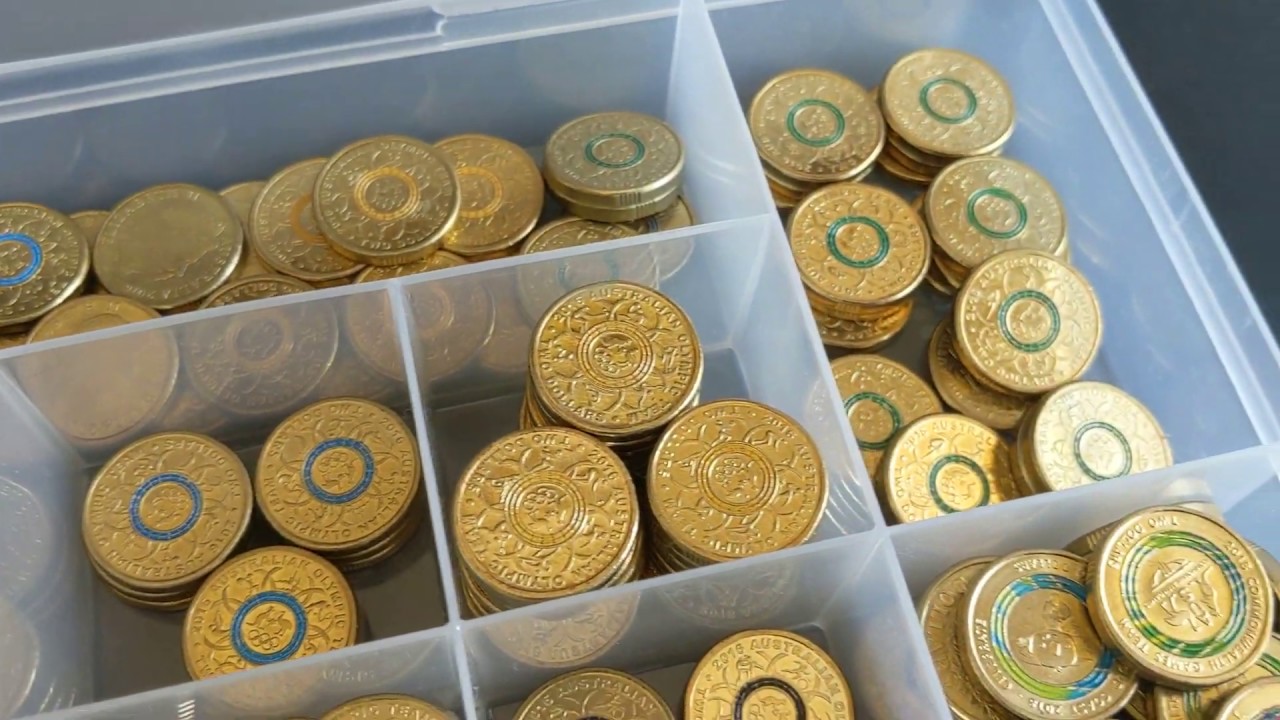


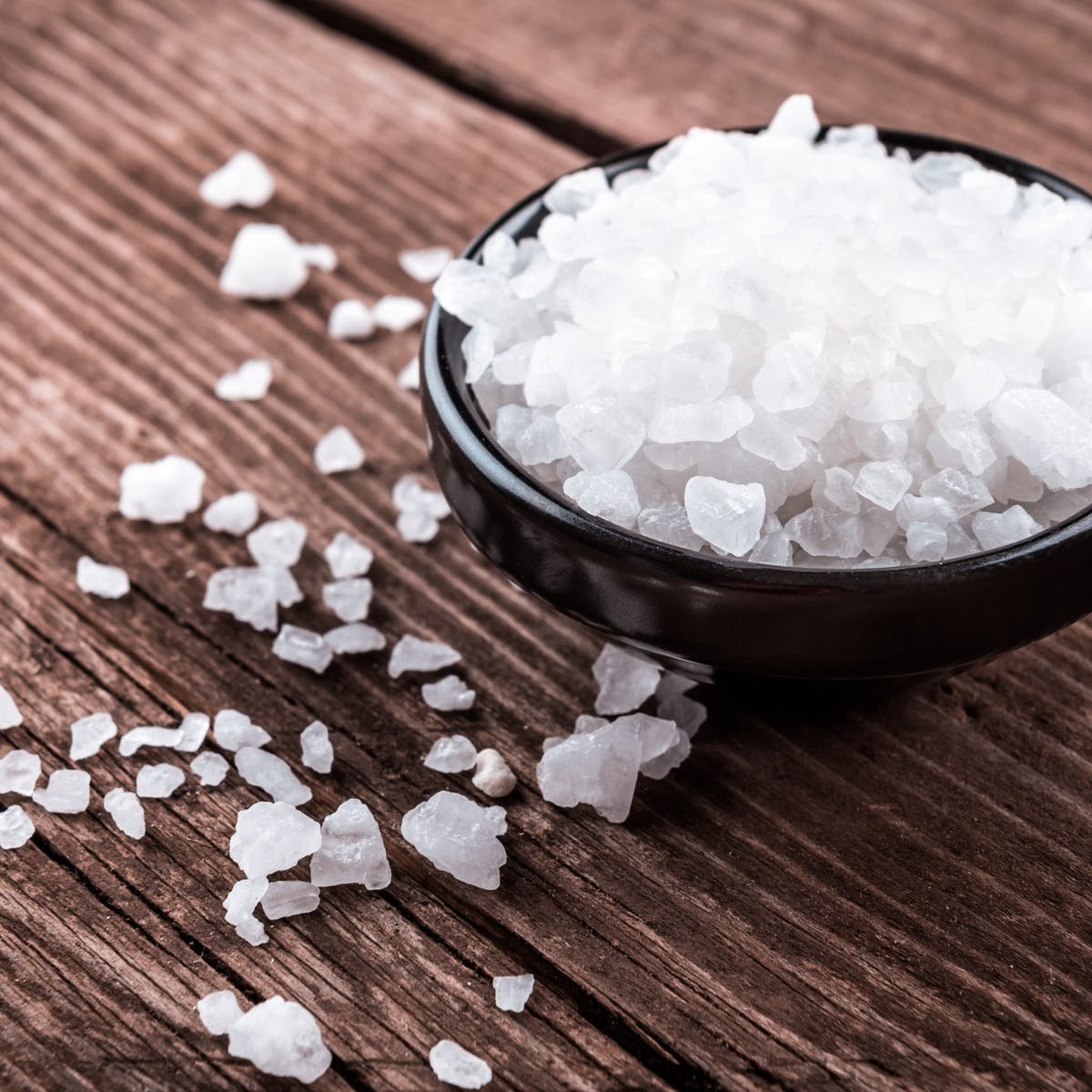




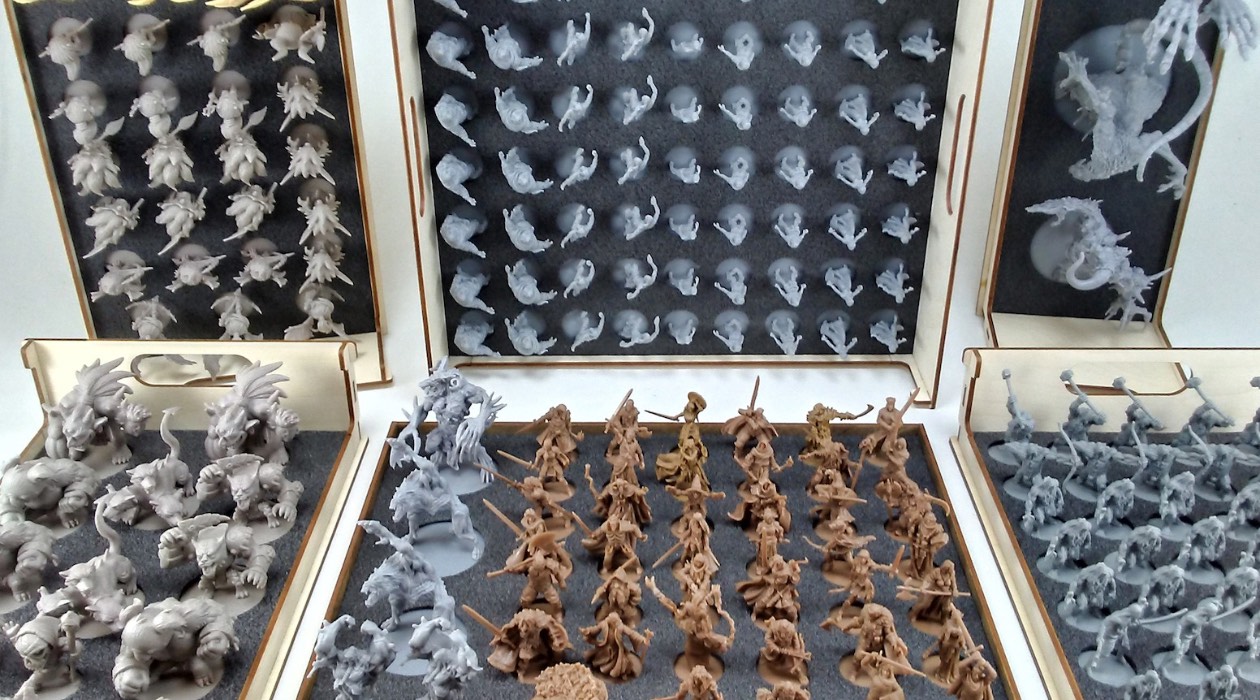

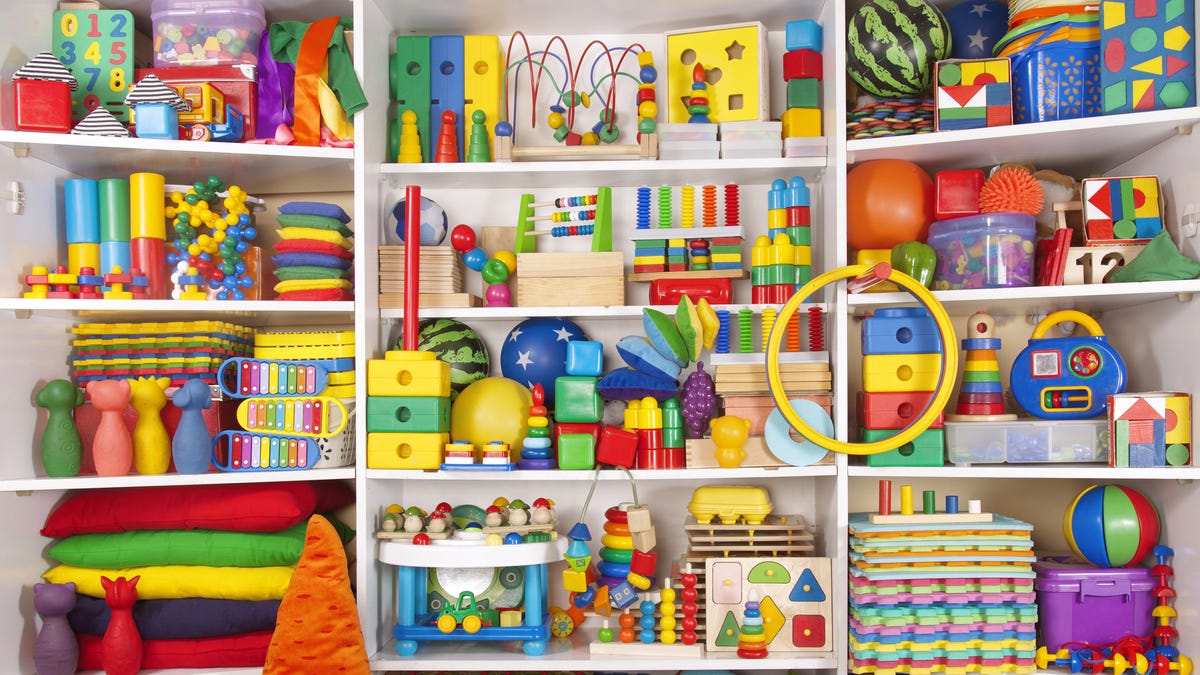
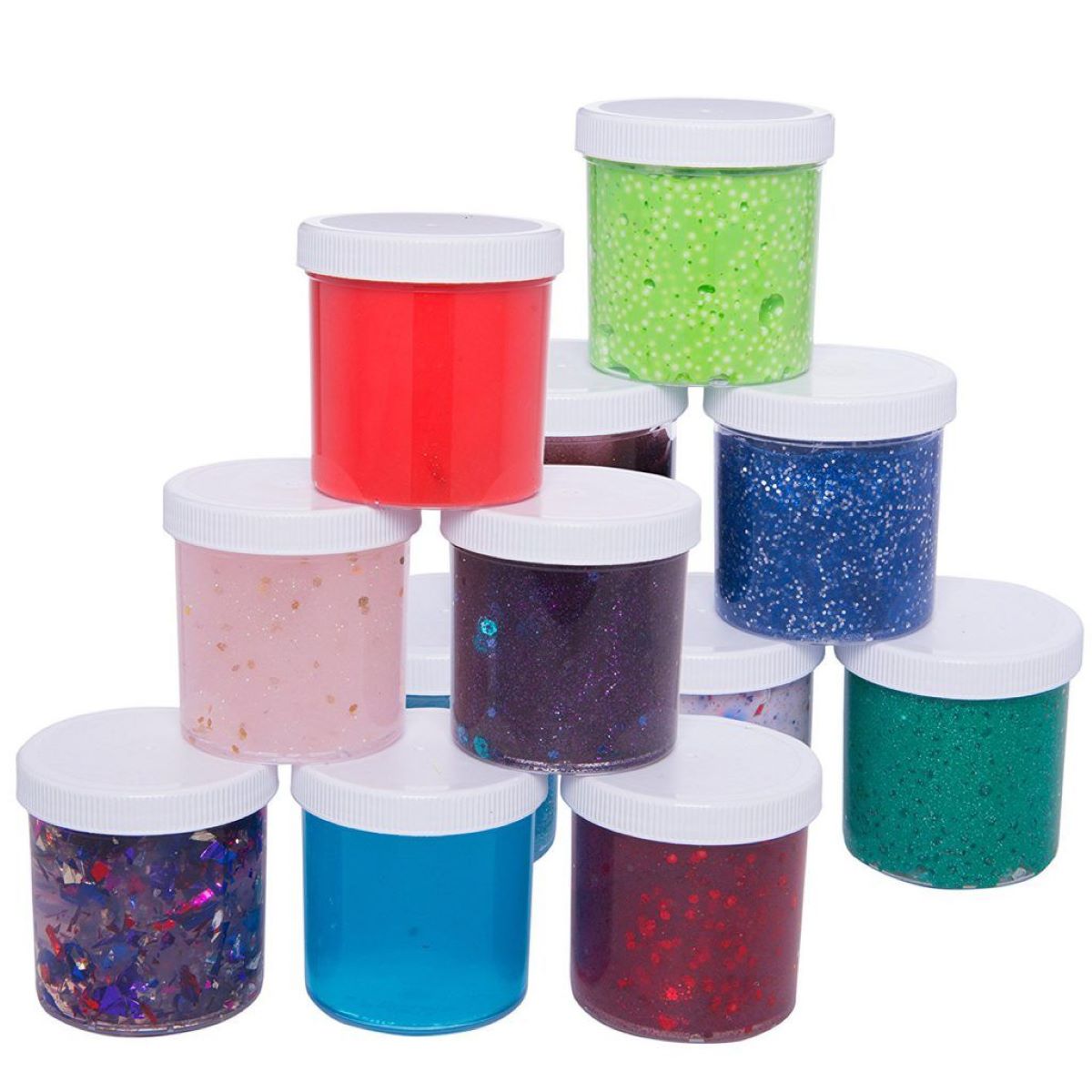
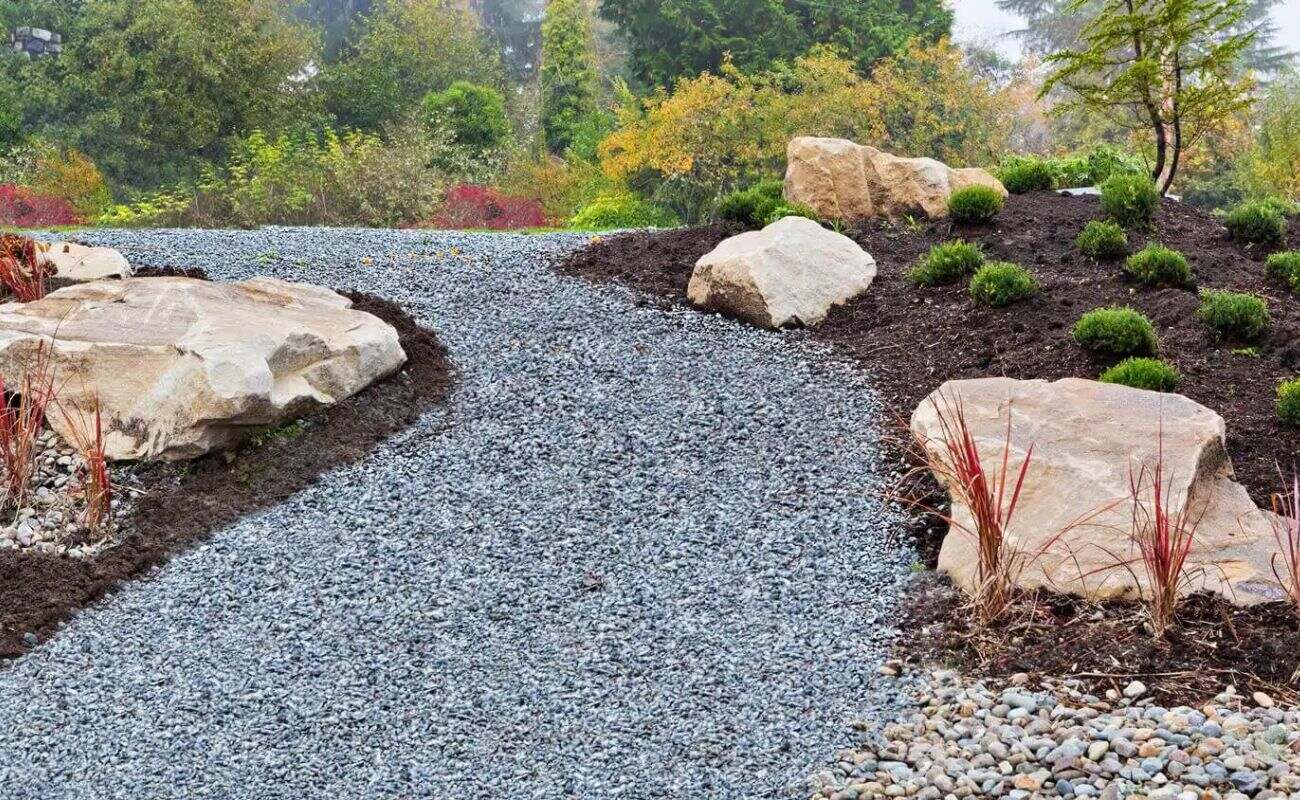


0 thoughts on “How To Store Rock Collection”